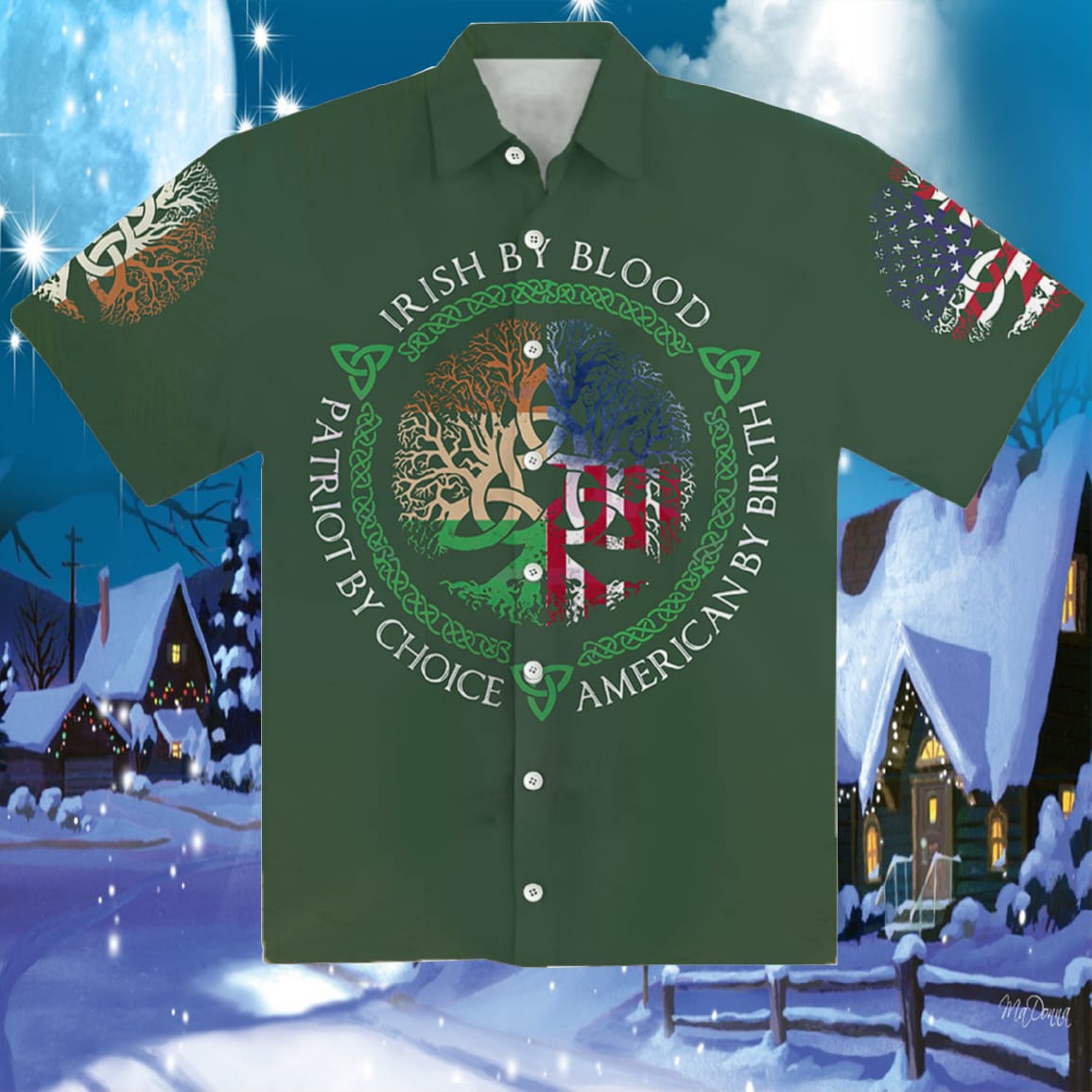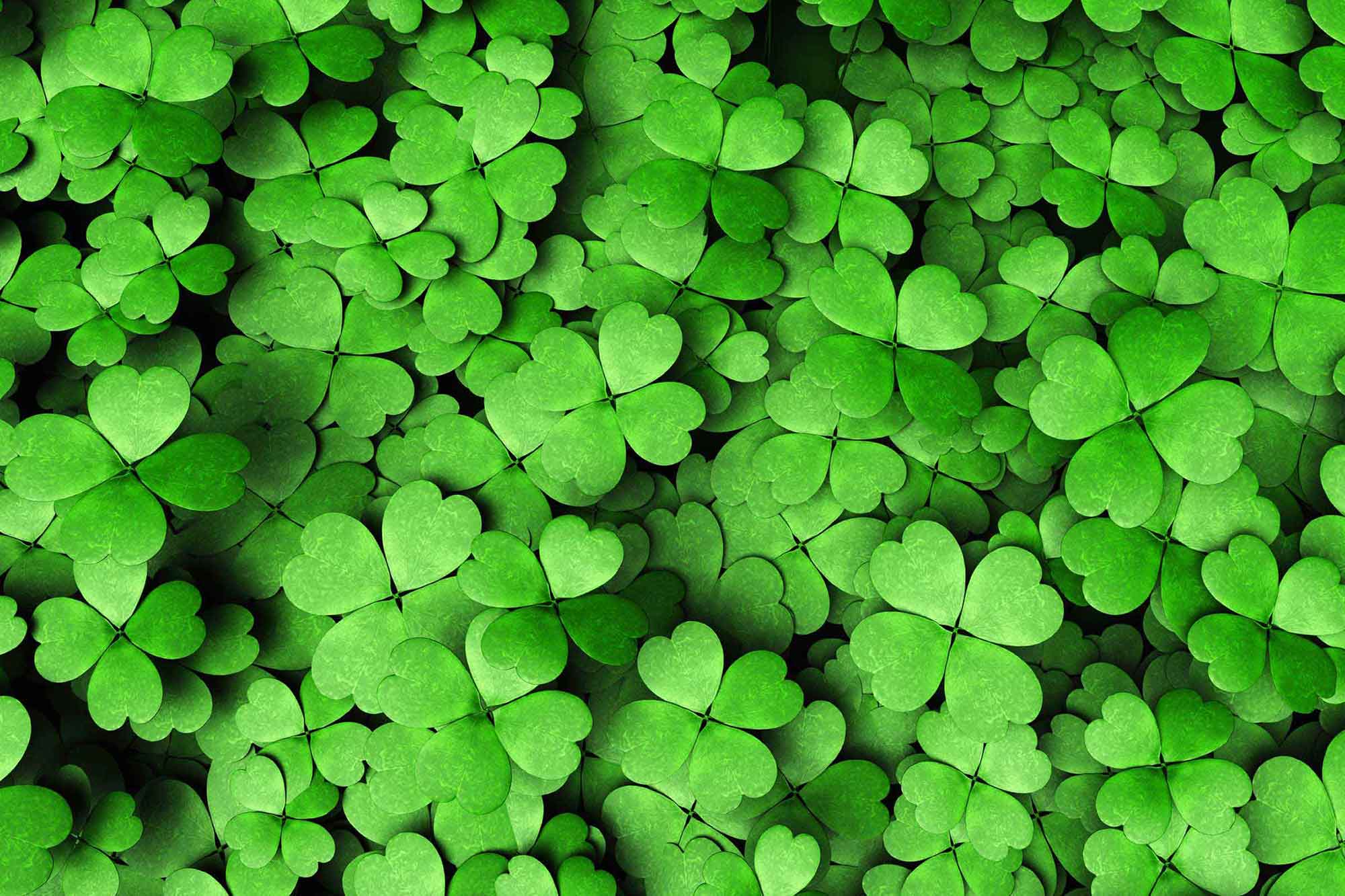Gallery
Photos from events, contest for the best costume, videos from master classes.
 |  |
 | |
 |  |
 | |
 |  |
 |  |
The Order of the Garter for the previous Kingdom of England already used a dark blue (Scotland’s Order of the Thistle used green) so a lighter blue was used for the Order of St Patrick. This St. Patrick’s Day usually conjures images of partying, Catholicism, Irish nationalism and, perhaps most famously, the color green: green clothes, green shamrocks, green beer and green rivers. St. Patrick’s Day usually conjures images of partying, Catholicism, Irish nationalism and, perhaps most famously, the color green: green clothes, green shamrocks, green beer and green rivers. The Real Color for St. Patrick: Blue vs. Green. Interestingly, St. Patrick was originally associated with the color blue. Over time, green took precedence, likely due to its association with the shamrock and its significance in Irish nationalism. St. Patrick’s Day Across the Divide: Catholic and Protestant Traditions St. Patrick’s Day usually conjures images of partying, Catholicism, Irish nationalism and, perhaps most famously, the color green: green clothes, green shamrocks, green beer and green rivers. Since 1962, the Chicago River has been dyed green for St. Patrick’s Day. Scott Olson/Getty Images Bryan McGovern, Kennesaw State University. St. Patrick’s Day usually conjures images of partying, Catholicism, Irish nationalism and, perhaps most famously, the color green: green clothes, green shamrocks, green beer and green rivers. While green has become more commonly associated with Ireland and St. Patrick’s Day celebrations in modern times, the deep-rooted connection between Ireland and the color blue remains an important part of the country’s heritage and tradition. St. Patrick’s Blue Association: The Transition to Green What Was St. Patrick’s Day’s Original Color? Before the sea of green flooded every street and city skyline on March 17th, the original color associated with St. Patrick was a shade of light, sky-toned blue—a hue that has come to be called “St. Patrick’s Blue.” KENNESAW, Ga. (THE CONVERSATION) — St. Patrick’s Day usually conjures images of partying, Catholicism, Irish nationalism and, perhaps most famously, the color green: green clothes, green shamrocks, green beer and green rivers. The St. Patrick’s Day celebration began at 9 a.m. at The Celtic Ray in downtown Punta Gorda on March 14, 2022. Irish music, the traditional corned beef and cabbage and Irish beer selections were on the agenda for hundreds celebrating throughout the day. To save you scrolling, you’ll find some speedy need-to-knows about the first color associated with St. Patrick’s Day below: 1. Yep, it all began with blue, not green. Although people wear green on St. Patrick’s Day, early depictions of St. Patrick show him clothed in fine blue robes. In fact, in Saul Church, which is on the site where St At some point he adopted the Latin name Patricius. In the 10th century, the first evidence of St. Patrick being a beloved figure in Ireland emerged. In the early 17th century, Luke Wadding, an Irish priest, persuaded the Catholic Church to make March 17 a feast day for St. Patrick. St. Patrick wasn’t born in Ireland, but he did missionary Since 1962, the Chicago River has been dyed green for St. Patrick’s Day. How the color of St. Patrick’s Day went from blue to green Published: March 11, 2025 8:48am EDT. St. Patrick's Day is the holiday when even the most recalcitrant American feels tempted to don green clothing or sip on some green beer. But what if everyone wore blue on March 17 each year instead? Images of Saint Patrick began to depict the patron saint wearing green instead of blue. St. Patrick’s green color meaning. Irish pride and loyalty are not the only reasons you’ll see green on St. Patrick’s Day. The color green also represents Saint Patrick and the island of Ireland. It even has a special place in mythology about leprechauns. An article published on March 17, 1933 described how FDR teased Sen. F. Ryan Duffy of Wisconsin “when he appeared on St. Patrick’s Day wearing a blue tie and no sign of green.” Roosevelt St. Patrick’s Day usually conjures images of partying, Catholicism, Irish nationalism and, perhaps most famously, the color green: green clothes, green shamrocks, green beer and green rivers. (THE CONVERSATION) St. Patrick’s Day usually conjures images of partying, Catholicism, Irish nationalism and, perhaps most famously, the color green: green clothes, green shamrocks, green beer Although green is nearly ubiquitous in St. Patrick’s Day celebrations these days, there are actually multiple St. Patrick’s Day colors! Blue has historically been the color of St. Patrick However, blue still plays a symbolic role in Ireland: Since 1945, the flag representing the president of Ireland has a gold harp with a dark blue background – the color known as St. Patrick’s
Articles and news, personal stories, interviews with experts.
Photos from events, contest for the best costume, videos from master classes.
 |  |
 | |
 |  |
 | |
 |  |
 |  |